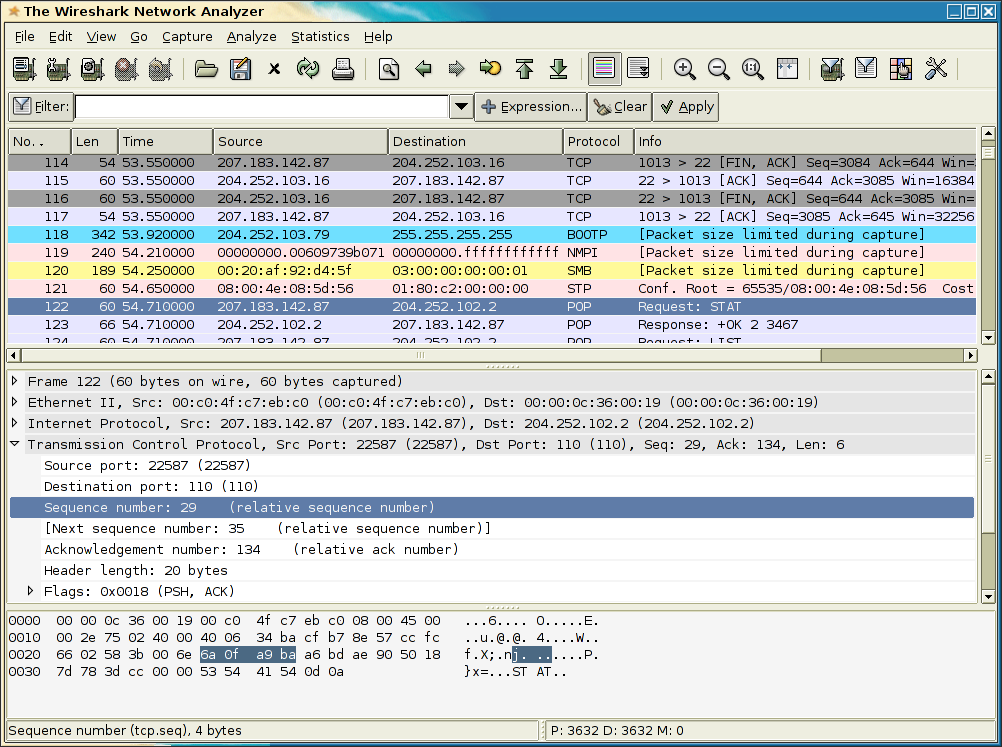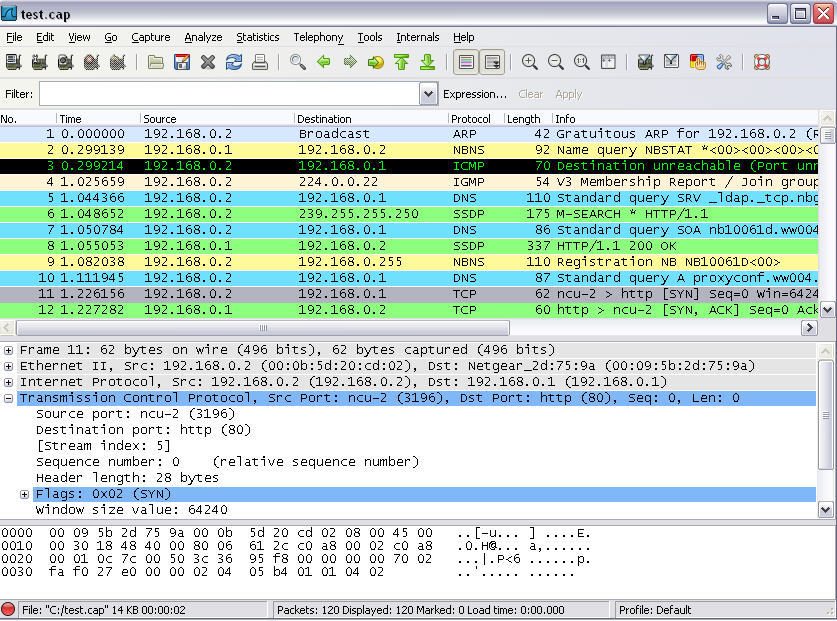

After installation, it will create a "service", which is called "Remote Packet Capture Protocol v.0 (experimental)". If you do not have it, download it from here ( ) and install it on the remote machine. Step-1: WinPcap comes with the older Wireshark versions in default. Some of these networking tools, like Wireshark, Nmap, Snort, and ntop are known and used throughout the networking community. Thanks to its set of features, WinPcap has been the packet capture and filtering engine for many open source and commercial network tools, including protocol analyzers, network monitors, network intrusion detection systems, sniffers, traffic generators and network testers. This library also contains the Windows version of the well-known libpcap Unix API. WinPcap consists of a driver that extends the operating system to provide low-level network access and a library that is used to easily access low-level network layers. Remote capturing on a Windows OS requires WinPcap tool installation. Remote packet capture on a Windows operating system We will discover how to capture packets remotely in this article. Workstation is Windows 10 with latest Intel driver and the driver has working VLAN support. Youre also able to see the contents of any data delivered to a server, though in the case of Microsofts Windows 10. Capture packets dont have VLAN IDs - whole header is missing. A good example of this is how AirMagnet Survey lost most of it's market share to Ekahau, which eventually brought out a MacOS version of it's Wi-Fi modelling and survey software.There are many packet capture methods, such as local, remote, network (Tap, SPAN) and so on. Wireshark in action, monitoring connections from a Surface Pro 3.


Many of the legacy applications that didn't bring support to MacOS eventually became obsolete. The lack of dual OS support still left many needing multiple devices to complete their tool-kit. MacOS quickly became a popular device of choice for Wireless Professionals but many of the applications required the Windows OS to run. Then it became widely known that Apple MacBooks were able to switch their built-in Wi-Fi interface to monitor mode for native wireless sniffing. The cost of these tools meant that it was difficult for the average Network Engineer to be readily equipped with such capabilities. There was also AirMagnet Wi-Fi Analyzer that required a specific AirMagnet card and driver for packet analysis and Wi-Fi troubleshooting. An AirPcap USB interface was a pretty coveted device in the 2010's as it allowed for sniffing of 802.11n wireless frames directly in software like Wireshark on a Windows laptop. The first official Wireshark version that supports USBPcap is 1.10.0rc1. USBPcap support was commited in revision 48847 (Wireshark 8503). After installation you must restart your computer. In the old days if you wanted to do wireless protocol analysis you really needed some specialised equipment. Digitally signed installer for Windows 7, 8 and 10, both x86 and 圆4 is available at Github.


 0 kommentar(er)
0 kommentar(er)
